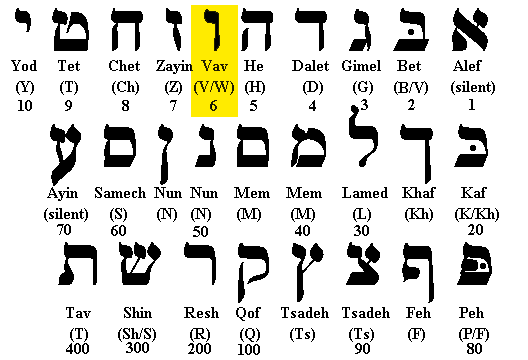Charlie P. (NY)
Gold Member
- Joined
- Feb 3, 2006
- Messages
- 13,021
- Reaction score
- 17,188
- Golden Thread
- 0
- Detector(s) used
- Minelab Musketeer Advantage Pro w/8" & 10" DD coils/Fisher F75se(Upgraded to LTD2) w/11" DD, 6.5" concentric & 9.5" NEL Sharpshooter DD coils/Sunray FX-1 Probe & F-Point/Black Widows/Rattler headphone
- Primary Interest:
- Metal Detecting
And those characters in the Monster logo are three of the Hebrew character Vav, which is the way they wrote "666". ;-)





